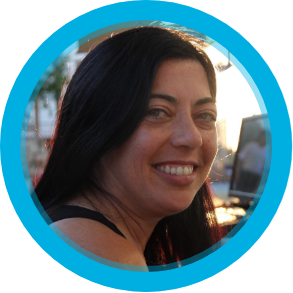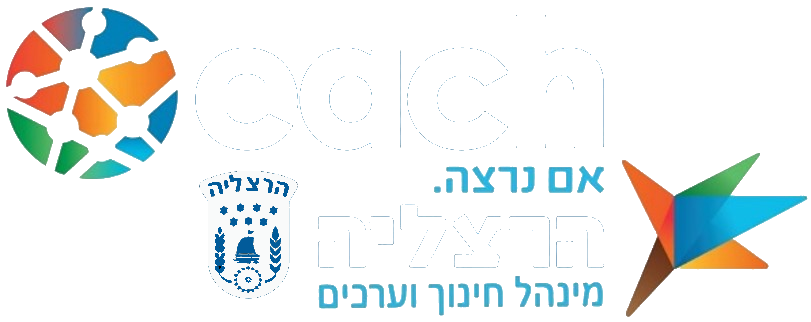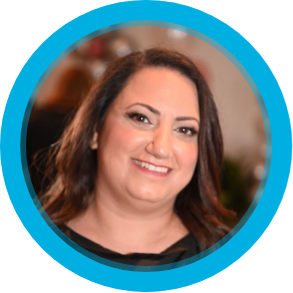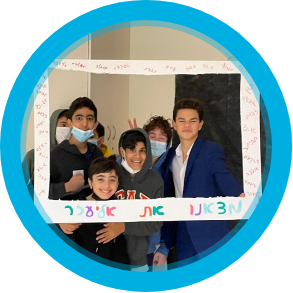
For the past three years, I have been leading learning courses at the Ilanot School, Herzliya according to the each model. This year we expanded our connection to the community by learning with a group of three other schools in the city – ‘Yochanani’, ‘Shazar’ and ‘Brenner’.
The theme of the countries around the Mediterranean Sea unites the learning process. A Microsoft-Times computer tool was used to make the initial connection. I initiated a connection through three fifth-grade groups where I connected children from all four schools and created a platform for discussion and making acquaintances. Later, after making the connection to the community, I created a teaching unit on unique Mediterranean vegetation in our school garden. I attached new signs to all the plants in the garden. Each sign had four barcodes with information about the plant. Information related to poetry and the name of the plant, art connected to the name of the plant, information about the plant as well as information about the plant from the Jewish perspective. We created research question sheets for each of these and thus created choices for students when they visit the garden.
The each process continued with children from the other schools coming to a seminar that included garden research and 2 other hubs. One was in our computer room where I instructed the guest students on the Times and the class notebook and one in the yard where we had a session based on our ecological footprint. The process was influenced by entrepreneurship and innovation combined with values education.
The project connected all the values of the each model and I am happy that I got to experience it. The process brought my students and myself into a community of students in the vicinity and provided me with an opportunity to work in fruitful collaboration with fellow teachers and coordinators.
Tal Peretz
Ilanot School
For the past three years, I have been leading learning courses at the Ilanot School, Herzliya according to the each model. This year we expanded our connection to the community by learning with a group of three other schools in the city – ‘Yochanani’, ‘Shazar’ and ‘Brenner’.
The theme of the countries around the Mediterranean Sea unites the learning process. A Microsoft-Times computer tool was used to make the initial connection. I initiated a connection through three fifth-grade groups where I connected children from all four schools and created a platform for discussion and making acquaintances. Later, after making the connection to the community, I created a teaching unit on unique Mediterranean vegetation in our school garden. I attached new signs to all the plants in the garden. Each sign had four barcodes with information about the plant. Information related to poetry and the name of the plant, art connected to the name of the plant, information about the plant as well as information about the plant from the Jewish perspective. We created research question sheets for each of these and thus created choices for students when they visit the garden.
The each process continued with children from the other schools coming to a seminar that included garden research and 2 other hubs. One was in our computer room where I instructed the guest students on the Times and the class notebook and one in the yard where we had a session based on our ecological footprint. The process was influenced by entrepreneurship and innovation combined with values education.
The project connected all the values of the each model and I am happy that I got to experience it. The process brought my students and myself into a community of students in the vicinity and provided me with an opportunity to work in fruitful collaboration with fellow teachers and coordinators.



